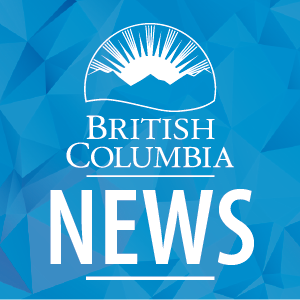Collaborative teams from the Province, the Ktunaxa Nation Council, Kootenai Tribe of Idaho, and Idaho Department of Fish and Game are working on Moyie Lake to help recovery of the Lower Kootenay burbot population.
Staff will catch, tag and release burbot as part of an egg collection project.
Burbot spawning season occurs in February. The egg collection project is part of successful recovery efforts for the Lower Kootenay burbot population. This is because the burbot population in Moyie Lake is strong and is genetically similar to the species in Kootenay River.
The egg collection from Moyie Lake, along with eggs collected in the Kootenay River in the United States, are reared in hatcheries to various life stages for release in selected areas of the Kootenay River system in Idaho and British Columbia.
The Lower Kootenay burbot population once supported First Nations’ fisheries, as well as recreational fisheries in Montana, Idaho and British Columbia. The population was recognized to be at risk of extirpation. During the mid-1990s, fewer than 50 adult fish remained in the river.
A conservation strategy was signed by international co-managers in 2005, which included the Ktunaxa Nation Council, the Kootenai Tribe of Idaho, Idaho Department of Fish and Game, Montana Fish Wildlife and Parks, U.S. Army Corps of Engineers, the University of Idaho and the Government of British Columbia. The burbot recovery program began in the Lower Kootenay in 2009.
Hatchery-released burbot are surviving well in the Lower Kootenay system. However, due to habitat limitations from Libby Dam and floodplain alterations along the Kootenay River, the success of burbot spawning is inconsistent in the river. Moyie Lake egg collections are therefore an essential component of the hatchery production until natural spawning is restored.
B.C.’s Ministry of Water, Land and Resource Stewardship continuously monitors the Moyie Lake burbot population, as it is a popular sport and subsistence fishery, as well as a crucial part of the Lower Kootenay burbot-recovery program. Data collected over the duration of this program has confirmed that Moyie Lake has a healthy burbot population, with approximately 10,000 adult burbot.
Throughout the program, an average of only 360 fish are handled, yet eggs are collected from approximately 28 females in the February spawning period. This collection represents a very low percentage of the estimated spawning population with only 0.02% to 0.03% of Moyie Lake’s available eggs each year. All burbot handled in the program are tagged and released alive. This work is done in partnership and with the support of the Ktunaxa Nation Council.
The pilot recovery work at Moyie Lake has helped influence and benefit project methods at other burbot-restoration initiatives, such as in the Upper Kootenay region.
Learn More:
Burbot recovery: how can you help refine burbot population estimates?:
https://news.gov.bc.ca/releases/2024WLRS0006-000169
Kootenay regional fisheries:
https://www2.gov.bc.ca/gov/content/environment/plants-animals-ecosystems/fish/fish-management/region-4-kootenay


